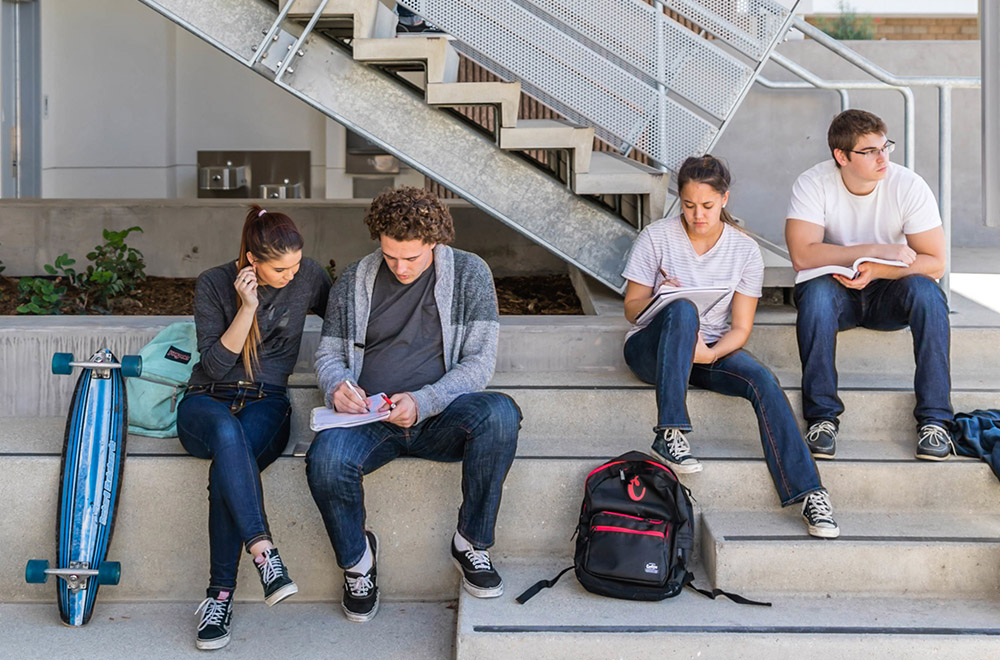By John Nichols, Pre-K–12 Practice Leader
Are we spending too much on education for the return we are receiving on our investment? There are 6.6 billion square feet of school buildings in America, sitting on more than 1 million acres of land. We spend billions of dollars each year to build new school facilities and most schools are only utilized from 7 a.m. to 3 p.m. during the week, going unused the rest of the time. Students are failing at increasing rates and we are falling behind as a nation compared to other developed countries. Should architects encourage partnerships for both financial and academic efficiency as we take on the challenge of designing future educational environments?

Partnerships are no longer an option for schools and school districts—as state funding for both facilities and operations diminishes due to significant budget challenges, local school districts and charter school organizations are finding it more important than ever to reach out for partners to help share costs. Several schools in Southern California have realized the financial benefits of creative partnering: Innovative Learning Center, Los Angeles High School for the Arts, and the California Academy of Math and Science. In addition to the financial aspect, there are compelling academic benefits to partnering, resulting in enhanced learning opportunities that wouldn’t be possible in a stand-alone traditional school.
School districts, and taxpayers as well, save money when public or private partners unite to share facilities and operational costs. This is especially true when circumstances exist where partners’ needs are mutually beneficial from multiple perspectives. The Innovative Learning Center in Riverside, Calif. is a prime example of partnering. Both the facility development and the collaborative operational management were initiated by Alvord Unified School District and Riverside Community College District. Additionally, a private pre-school, County Health Department, County Special Education, City Library, Parks and Recreation, Museum, and Senior Center are part of the student-centered partnership. The school district’s hard costs were significantly offset by land acquisition and facilities support from the college, and operational costs were supplemented by all of the partners. Additionally, the community received a huge benefit by gaining a one-stop-shop for many of their needs.

Los Angeles County High School for the Arts (LACHSA) is the result of a partnership between Cal State University, Los Angeles, the Los Angeles County Office of Education (LACOE), and the Arts High Foundation. The primary proponent, LACOE, saved significant costs by leasing a small parcel of land from the state university, and through continued use of many university facilities to supplement their program. The Arts High Foundation partnered to contribute several million dollars toward the amphitheater and career tech scene shop construction. If LACOE had built this facility as a stand-alone program, it would have cost approximately $30 million more, and as such, would never have happened.

The California Academy of Math and Science at Cal State Dominguez Hills is a public/private partnership. Similar to LACHSA, the university offers up land and supplemental facilities to the high school program operated by the Long Beach Unified School District. Half of the facilities and operational funding comes from industry partnership support through companies like Hewlett Packard, Boeing, Lockheed Martin, and other foundations.

Students that attend high schools on college campuses are more likely to go to college. This fact has been demonstrated at middle college high schools throughout the state, and is especially true for students in families where there is no history of college attendance. Most collocated high schools on college campuses allow 11th and 12th grade students to concurrently enroll in college level classes. High school students are able to experience and get comfortable with the college environment, relieving any preconceived insecurities they may have about college. It is not unusual to see 95% or more of the graduating seniors in schools like these continue on to four-year universities. This compares to less than 35% in many other traditional high schools.
High school students can benefit from the high quality programs and resources at college campuses. This is especially true at LACHSA, where high school students have access to visual and performing arts environments. In addition, the science labs, recreational facilities, and library resources are well beyond what most high school students have access to in traditional high schools.
The elementary students at the Innovative Learning Center take advantage of the multi-layered partnership between the school district and nearby universities. The latest research in teaching methodology is applied to the curriculum delivery at the school, with four surrounding university teacher-training programs affiliated with the school. The teacher-training programs lower the adult to student ratio in the classroom. An on-campus family center supports and enlists parents in the educational process with their children, and senior citizens at the on-site senior center volunteer their time to assist with reading and mentoring programs for the students. A secure, web-based distance learning program allows audio-visual access to each classroom for remote observation.
Young children at the Innovative Learning Center are initiated in the privately operated preschool program where English language (EL) immersion is emphasized. EL students are brought up to speed by the time they start kindergarten, so that they can compete with other students. Preschool students are guaranteed a spot in the elementary school so that the continuity of the program is assured.
Elementary school students at the Innovative Learning Center also have access to a well-appointed science lab, museum and library. The performing arts theater on the campus is a unique resource that serves both the elementary and college level students.
This article is a continuation of my presentation from the Innovative Schools for the New Millennium Symposium held at Cal Poly San Luis Obispo May 20, 2011. View the entire presentation here.
